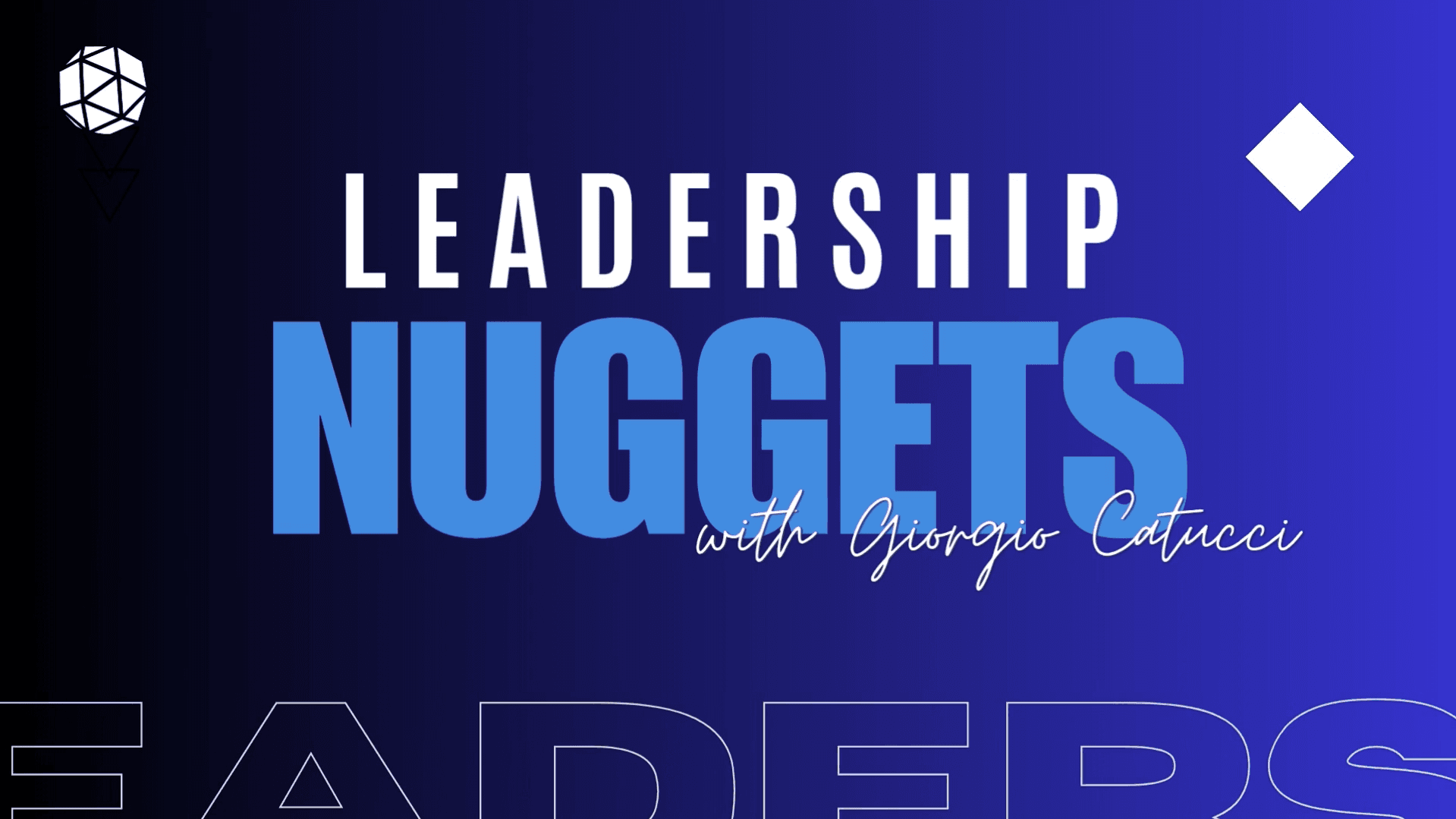Are You Part Of The Solution Or Part Of The Problem?

Most of us have difficulty articulating our struggles in a public forum, especially in the presence of our boss and peers.
This probably stems from history we may have with bosses who said things like: “Don’t come to me with a problem, come to me with a solution!”
When you think about it, this creates the opposite of the environment an effective leader wants.
If people have problems, you want to get them out on the table so you can help them find solutions.
Consider executive coaching
The practice of executive coaching introduced corporate culture to an exciting new idea: the end of shame when it comes to needing help.
Under the guidance of a coach, it’s okay to admit what you don’t know and ask for help.
My coaching process brings my clients’ shortcomings into the light, through a process of accumulating confidential feedback from their key stakeholders (colleagues, direct reports or board members, for example).
If that sounds terrifying, it’s because most of us have been conditioned to hide our flaws for fear of punishment, reprisal or a rival seizing a competitive advantage.
A good coach takes away that fear and uses feedback and self-analysis to guide clients toward positive and lasting behavioural change.
The process works – which is one reason I have seen the perception of coaching shift over the last three decades: Instead of a punishment, it’s now a mark of prestige to have a coach. It means you’re probably going places in your career.
Lessons from Alan Mulally
What I find so remarkable about my friend and colleague, Alan Mulally, is that he put these ideas into practice across an entire organisation – and in an intense, high-stakes setting.
When he took over as Ford’s chief executive officer in 2006, the company was in dire straits, with market shares down 25% since 1990 and its very existence threatened by the great recession.
The story of how Mulally turned Ford around is now well-documented. The company was the only big-three automaker to emerge from the recession without a government bailout.
When Mulally retired from Ford in 2014, Fortune magazine ranked him as the third greatest leader in the world, behind only Pope Francis and Chancellor of Germany Angela Merkel.

Image | pixnio
READ: Alan Mulally’s Facilitative Leadership Style
-
Target transparency and applaud when you get it.
One important thing that Mulally did early on was to effectively eliminate shame. He never said, “Don’t come to me with a problem!”
Up to that point, meetings at Ford were notoriously vicious. Mulally rooted out those problems through his Business Plan Review programme, which made meetings highly structured.
Executives had to introduce themselves and report on their progress according to a precise formula (and no cell phones were allowed).
In this much calmer environment, he encouraged his reports to be honest about their problems. Instead of bravado, he encouraged them to show humility and admit where they needed help.
-
Lead by example.
He did this by modelling the behaviour himself – the hallmark of a truly great leader. Mulally was not ashamed of what he didn’t know, or what he had or hadn’t done.
He simply reported on the condition of the company with an attention to detail befitting his background as an engineer.
When he didn’t know how to fix a problem, he wasn’t afraid to ask for help.
In conclusion
It sounds simple, and it is.
But it takes tremendous courage to be so forthright – so unashamed – especially in a situation like the one he faced at Ford, on the brink of collapse at one of the nation’s biggest companies in an industry that serves as the backbone of the nation’s economy.
When the world is watching and the stakes are high, a lesser leader would have armed himself in ego. Mulally chose the other path.
This approach has the potential to do tremendous good in settings beyond Ford.
Are you implementing or could you implement it in your organisation, with your team? Could you share it with your boss? I’d love to hear what you think about this approach!
Marshall Goldsmith is the author of 35 books, which have sold over two million copies and have been translated into 30 languages. Email us your thoughts on asking for help in the workplace at editor@leaderonomics.com.
Leadership
This article is published by the editors of Leaderonomics.com with the consent of the guest author.





